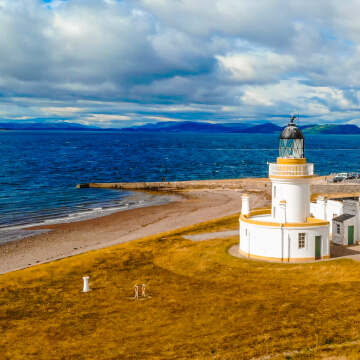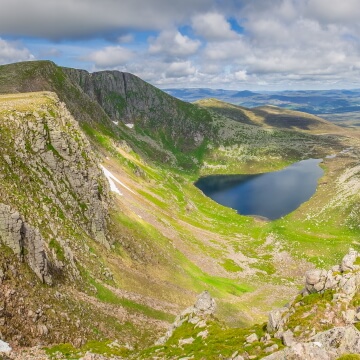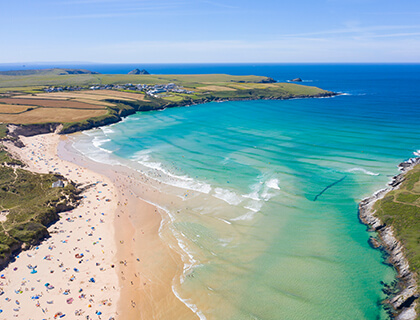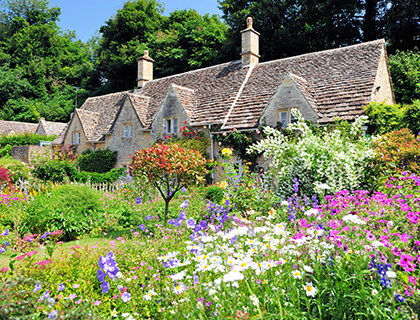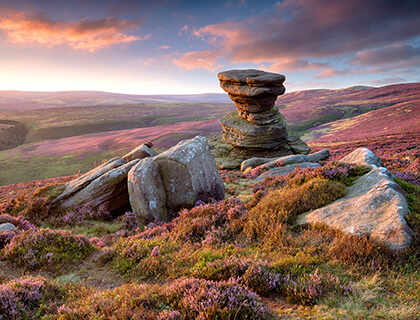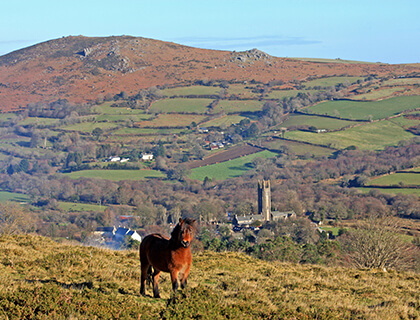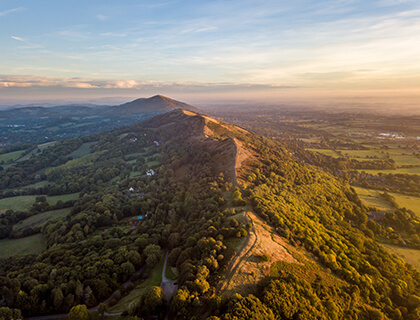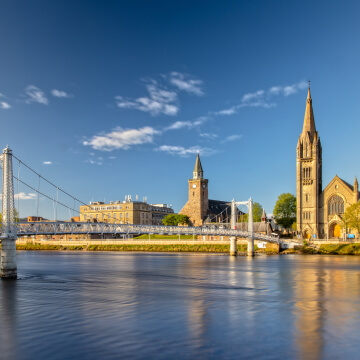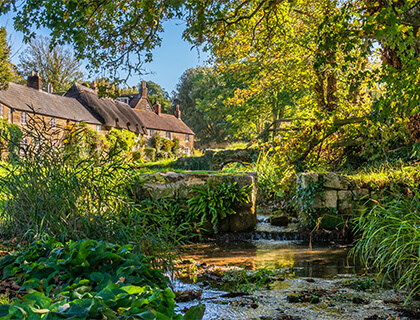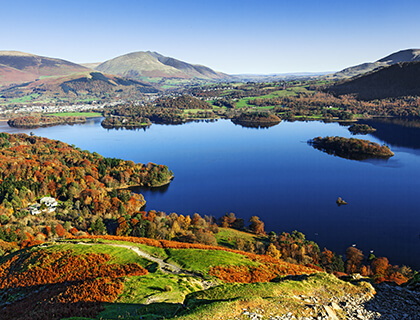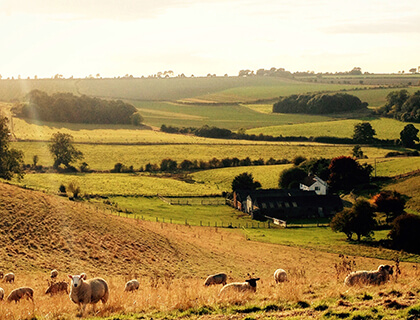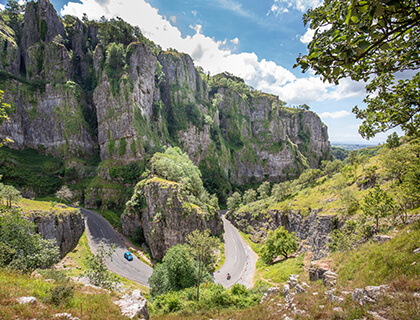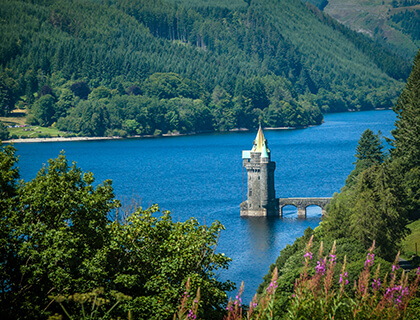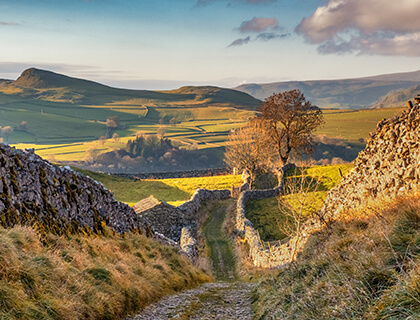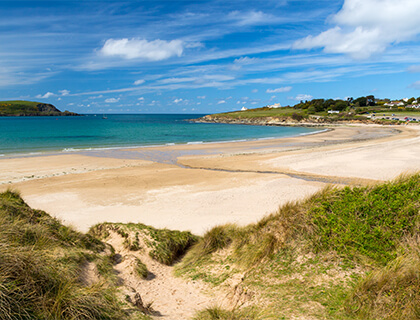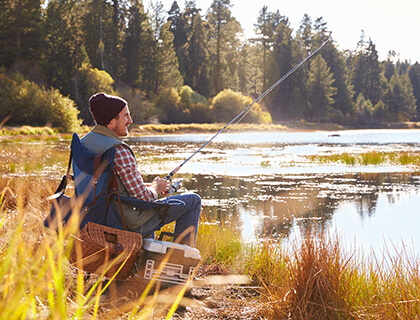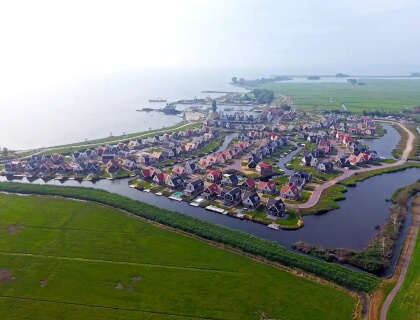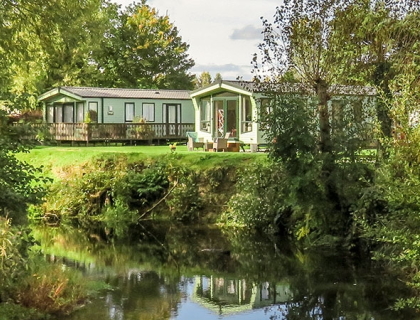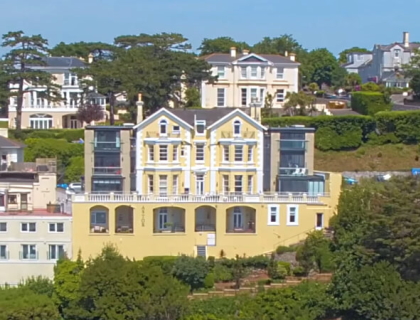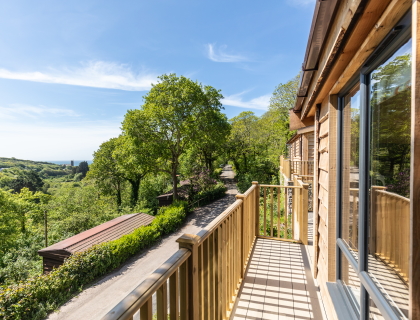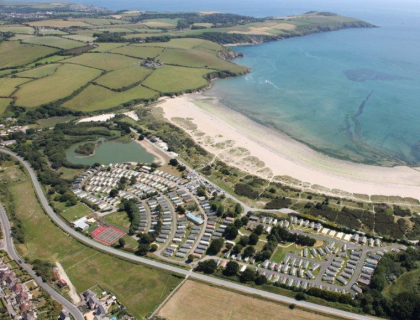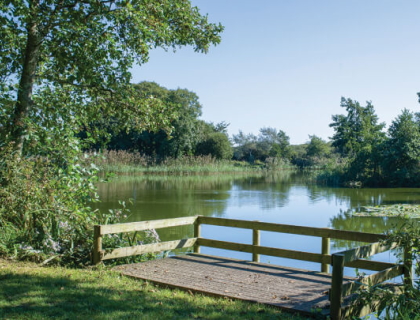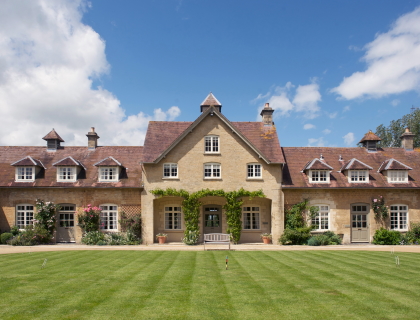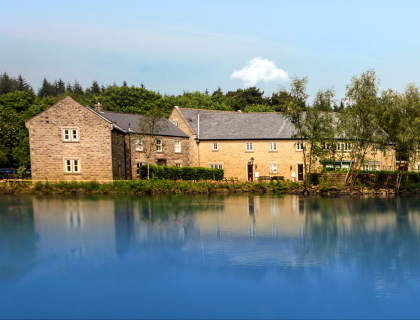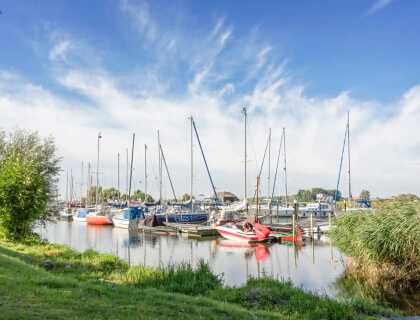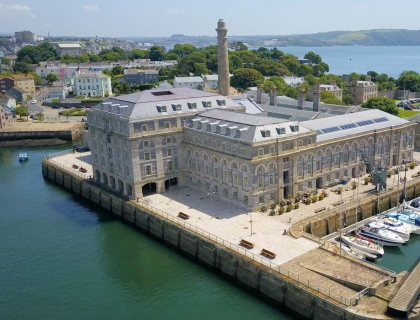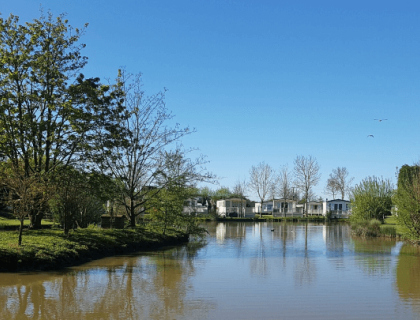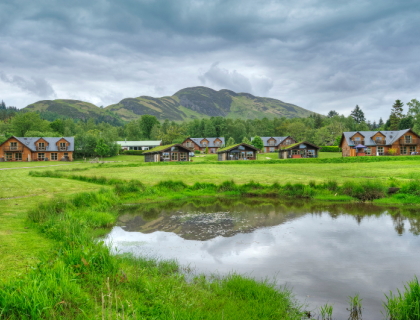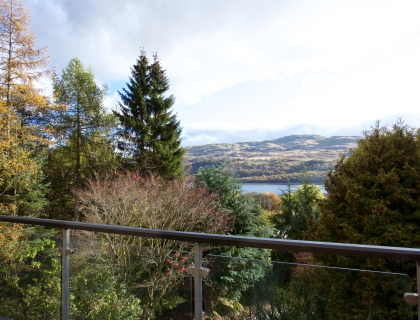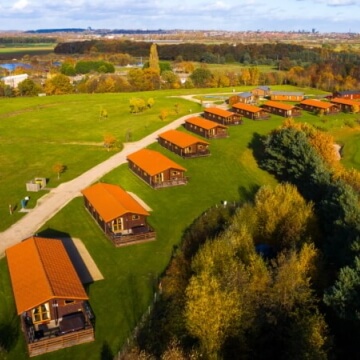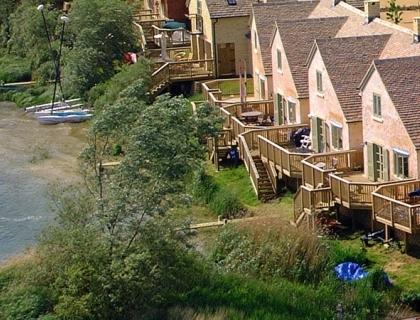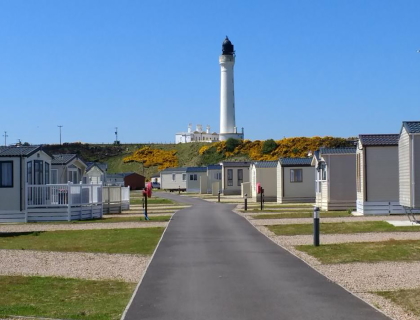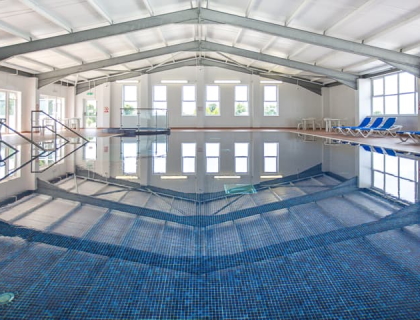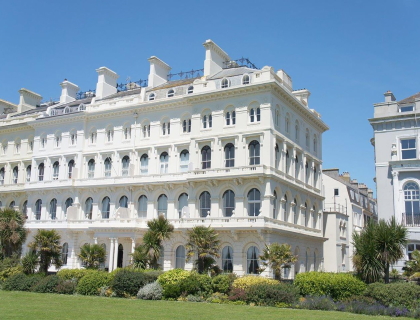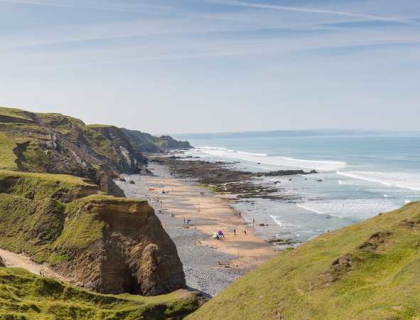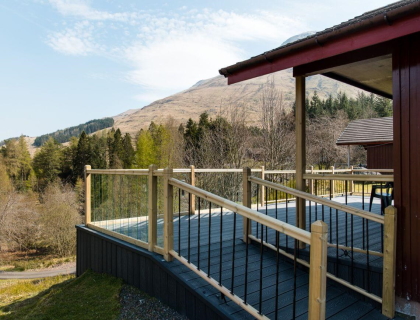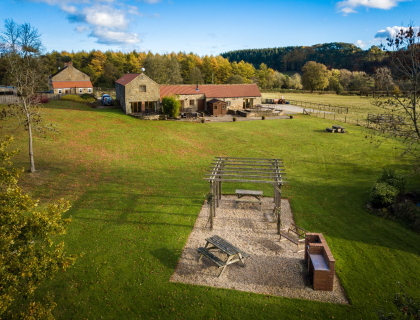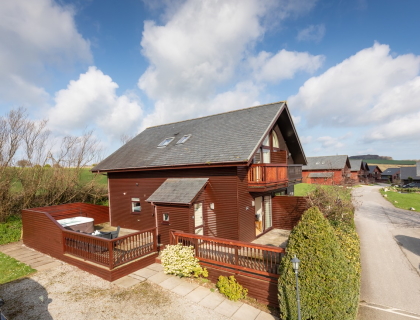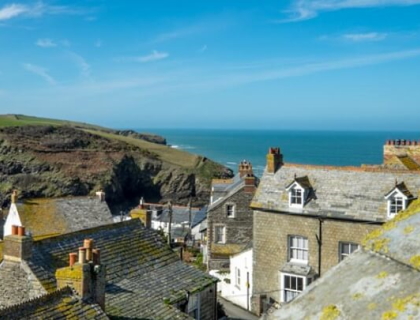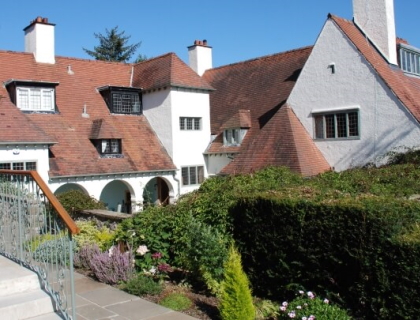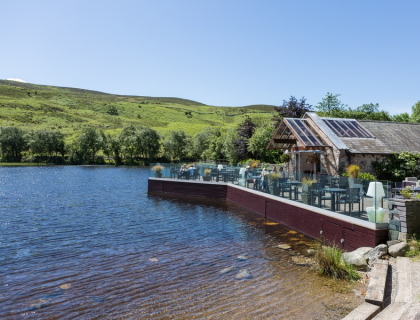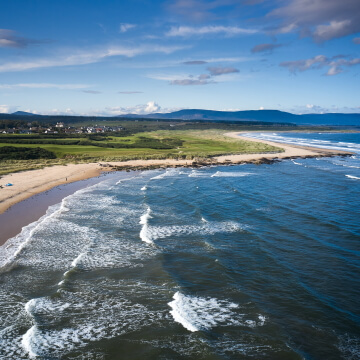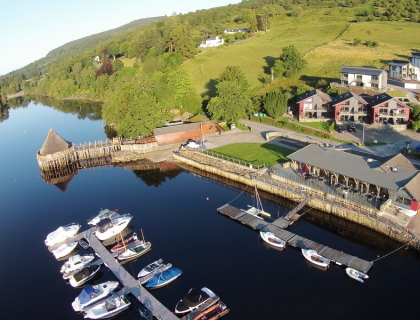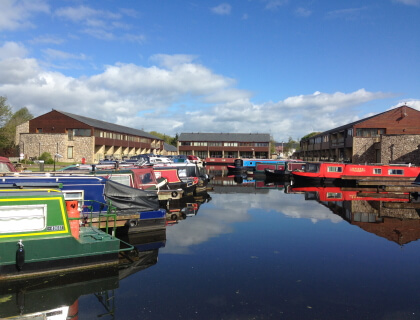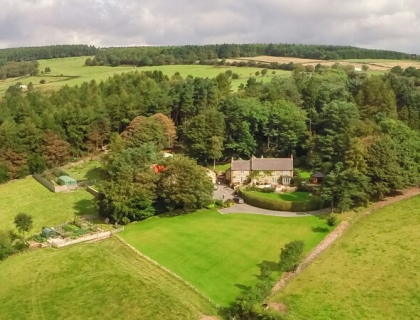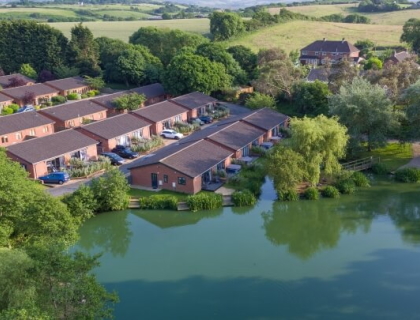The UK has a huge number of great birdwatching spots for eager twitchers. In fact, there are so many it's sometimes hard to choose just where to go. We've taken a look at the options, and put together this list of what we think might be the best birdwatching spots in the UK, any time of year.
Ogston Reservoir, Derbyshire
Ogston Reservoir and its surroundings make up one of Derbyshire's prime birdwatching spots. The reservoir sits among the hills of Amber Valley and has been designated a Site of Special Scientific Interest (SSSI) due to the variety of birds which nest in the area, drawing in twitchers from far and wide.
Many passage migrants, particularly waders, can be viewed at Ogston in the spring and autumn. Gulls also roost here in vast numbers over winter, with rarer gull species often making an appearance alongside their more common relatives. Many warblers can also be spotted throughout the spring and summer, with a number of wildfowl species seen in winter.
A public observational hide can be accessed for free from the West Bank Public Car Park. On the first Saturday of every month, the Ogston Bird Club also holds a free Guided Bird Walk starting at 9:30am - perfect for getting your bearings if you're new to birdwatching in the area.
Portland Bill, Dorset
The southernmost point in the county of Dorset, Portland Bill is a promontory jutting out from the Isle of Portland, near Weymouth. As it extends 6 miles into the English Channel from the mainland, this makes it probably the best spot in the country for watching migrating birds in the spring and autumn, where you may spot them flying far overhead or stopping off on the island for a rest.
Because of its position, it is of course also a great location for watching seabirds, with a number of protected species nesting along the coast of the isle. A huge variety of both local and foreign birds can be viewed in the area.
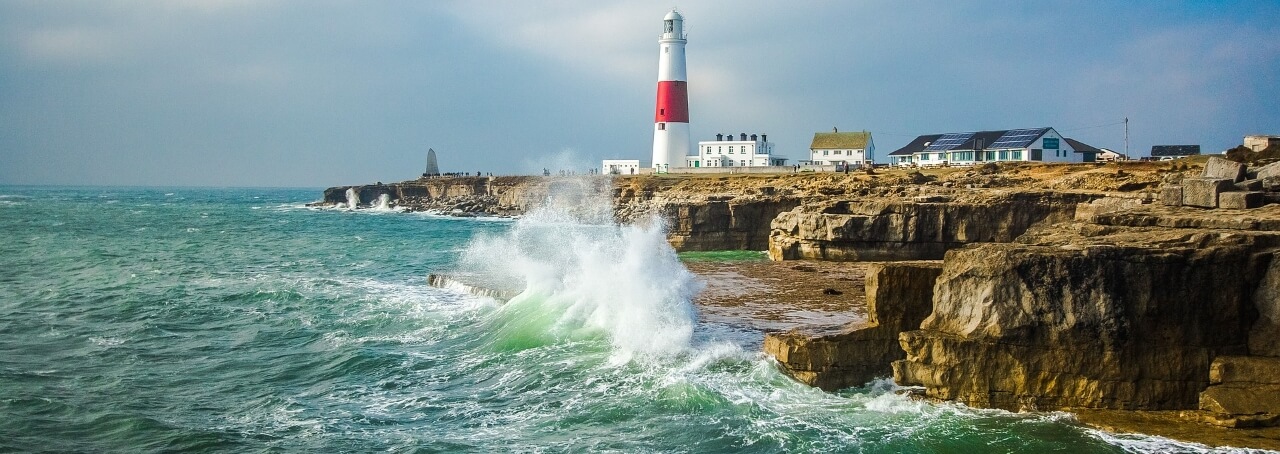 The Portland Bird Observatory and Field Centre has its home in a lighthouse on the Bill, which is a great place for members to watch birds with fellow twitchers and find resources relating to the hobby.
The Portland Bird Observatory and Field Centre has its home in a lighthouse on the Bill, which is a great place for members to watch birds with fellow twitchers and find resources relating to the hobby.
If you're making a birdwatching visit to Portland Bill, don't forget to also take a trip to the RSPB nature reserves at Radipole Lake, in Weymouth, and Lodmoor, just north-east of the town. Both are very good for viewing waterfowl, waders and gulls, as well as a range of other birds depending on the time of year.
Hayle Estuary, Cornwall
Hayle Estuary in Cornwall is the most westerly estuary in the country, and since it never freezes over it tends to host thousands of aquatic birds during the winter, making it one of the best birdwatching spots in the UK for viewing certain species at that time of year.
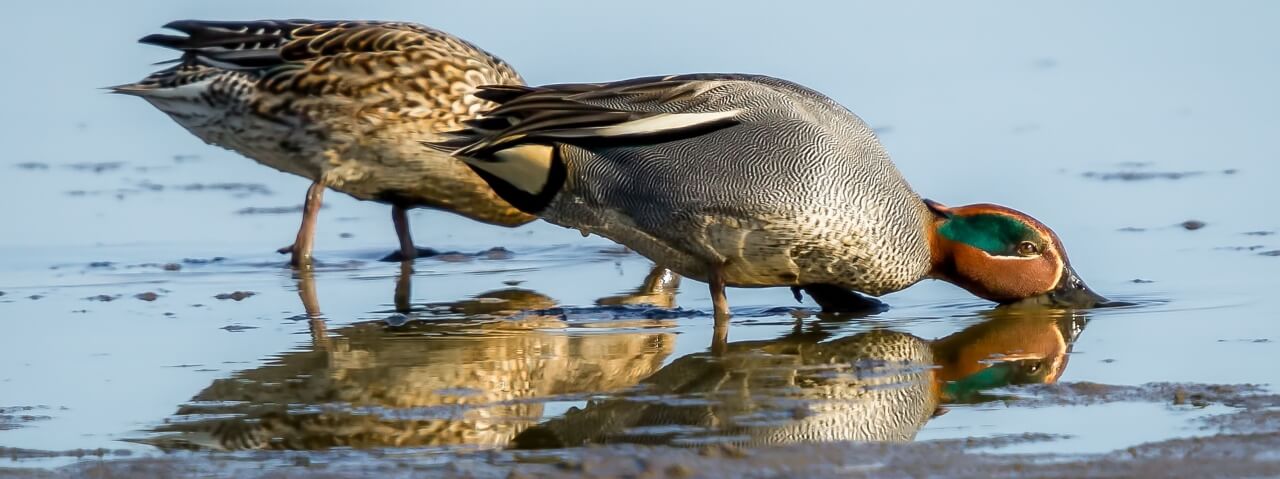 A number of gull species are abundant in the area, and teal and wigeon can be viewed here during the colder months. During the autumn migration period, a variety of waders show up, often including some of the scarcer species. In fact, rare birds of all types are known to show up regularly at Hayle Estuary, so observant twitchers could be in for an unexpected treat.
A number of gull species are abundant in the area, and teal and wigeon can be viewed here during the colder months. During the autumn migration period, a variety of waders show up, often including some of the scarcer species. In fact, rare birds of all types are known to show up regularly at Hayle Estuary, so observant twitchers could be in for an unexpected treat.
Flamborough Head, Yorkshire
Flamborough Head is a chalk headland on the Yorkshire coast, which has been named as both a Site of Special Scientific Interest (SSSI) and a Special Area of Conservation (SAC) due to the huge seabird colonies that can be seen breeding here in the summer. Twitchers will find auks, gannets, gulls and more, which flock to the area in such large numbers that the colonies are of international importance.
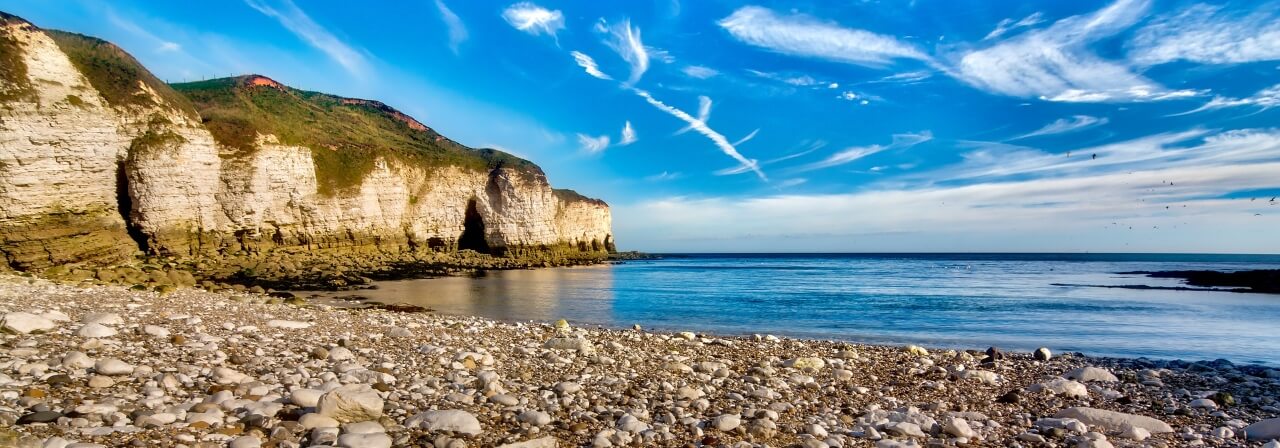 Outside of the breeding season, this is a great place to watch migrating birds, including rarer species like the yellow-browed warbler. Other habitats in the area suited to birdwatching include gorse scrub, where you may see linnets and yellowhammers, and reedbeds, containing reed warblers, sedge warblers and reed buntings.
Outside of the breeding season, this is a great place to watch migrating birds, including rarer species like the yellow-browed warbler. Other habitats in the area suited to birdwatching include gorse scrub, where you may see linnets and yellowhammers, and reedbeds, containing reed warblers, sedge warblers and reed buntings.
A few miles down the coast you'll also find the RSPB's Bempton Cliffs nature reserve, another prime spot for birdwatching. The seabird colonies from Flamborough Head extend this far down the coast, so if the idea of a walk along the clifftops while looking out for birds appeals to you, this is the perfect place for it.
Duncansby Head, Caithness
The most north-easterly point of mainland Scotland, not far from John O'Groats, Duncansby Head is a paradise for twitchers on the lookout for seabirds. The ledges of the eroded sandstone cliffs make perfect nesting sites for a vast colony of birds that inhabit the area in the summer months.
Birdwatchers who show up at the right time could spot species such as guillemots, kittiwakes, puffins and fulmars making their summer homes on the cliffside. You may even witness the 'pirate of the skies', the great skua, trying to plunder some food from the nesting birds.
Looking beyond the seabird colonies, the observant twitcher may also find skylarks, lapwings and curlews in the area.
Gigrin Farm, Powys
Red kites almost went extinct in the UK due to persecution by humans, and by the time conservation efforts began in the early 20th century there were only a few breeding pairs left, with their territory restricted to the mid-Wales area. Thanks to the success of extensive breeding programs, red kites now have a far wider range, but one of the best places to view this incredible bird of prey is still in Powys in mid-Wales.
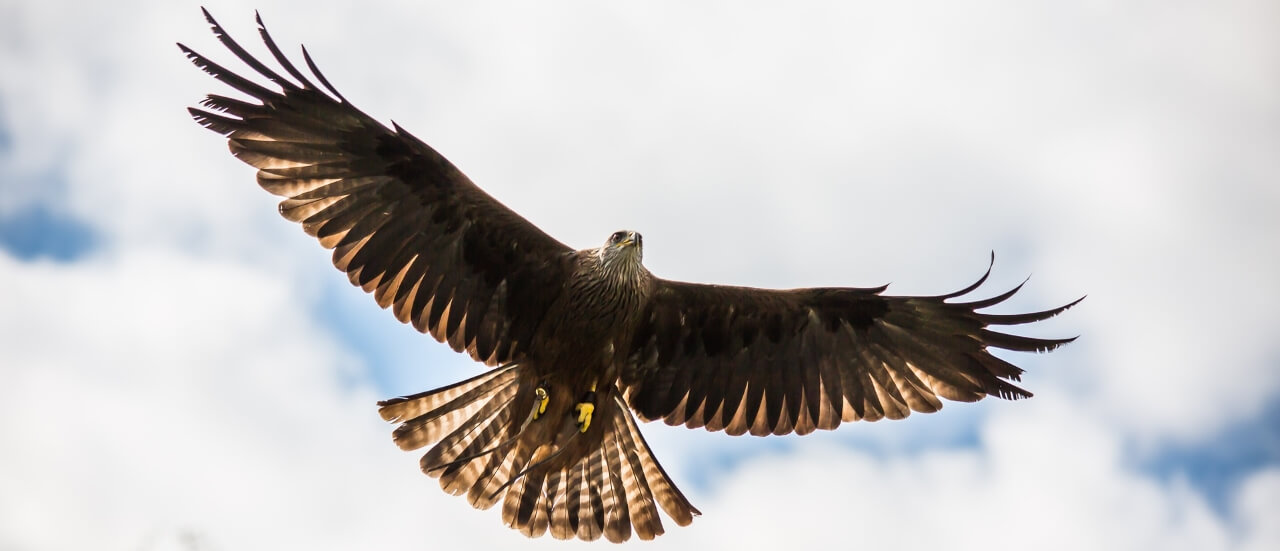 The Red Kite Feeding Station at Gigrin Farm, near Rhayader, was officially established 25 years ago, when the RSPB proposed the idea to a local farmer who had made a habit of feeding meat to a small population of the birds. Hundreds of red kites are now fed at Gigrin Farm every day, and while it may not quite the most natural situation to see the birds in, it's still an incredible spectacle for any birdwatcher to witness.
The Red Kite Feeding Station at Gigrin Farm, near Rhayader, was officially established 25 years ago, when the RSPB proposed the idea to a local farmer who had made a habit of feeding meat to a small population of the birds. Hundreds of red kites are now fed at Gigrin Farm every day, and while it may not quite the most natural situation to see the birds in, it's still an incredible spectacle for any birdwatcher to witness.
The feeding takes place every day at 2pm GMT (3pm during British Summer Time), though the farm is closed to visitors on Thursdays and Fridays and for most of December.
For more birdwatching, find out Where to See Puffins in Cornwall.

